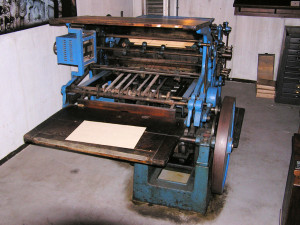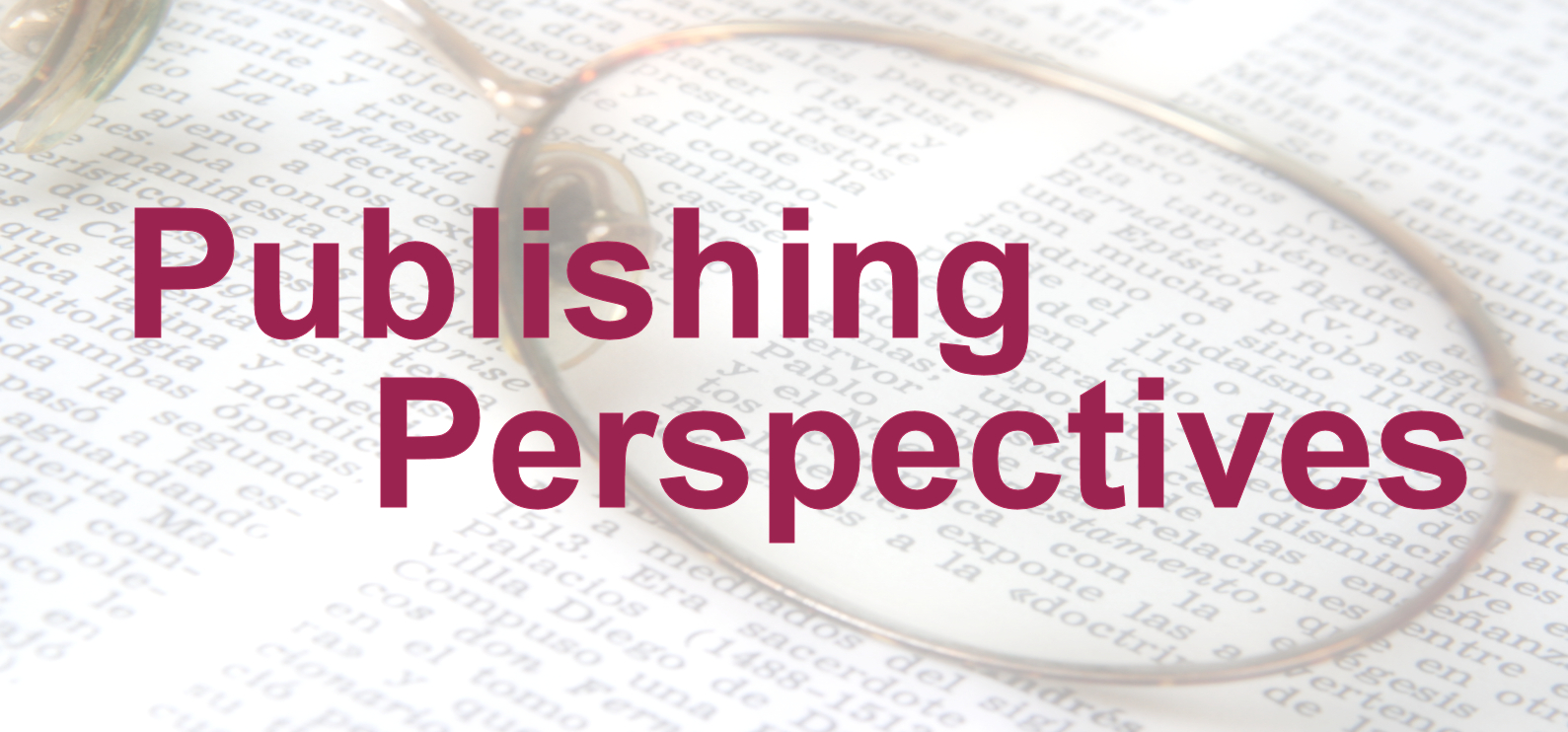
Printing Press
The world of book publishing has been changing rapidly for a few years, and lots of vocabulary is changing too. What is the difference between being “traditionally published” and “independently published”?
This is where we can start a huge brawl about the definitions of these terms.
Many would say that “traditionally published” means that the book is produced by one of the Big Five publishers: Penguin Random House, Macmillan, HarperCollins, Hachette, and Simon & Schuster (and all the brands they own).
Thus, independently published means the book is produced by anyone else. But ‘anyone else’ can cover a lot of ground, including: small press, micro press, vanity press, and self-publisher.
“Indie publishing includes small/micro/vanity press & self-pub” [tweet this]
Traditional Publisher: Purchases the right to publish and sell a manuscript; highly selective about which submissions will be selected for publication. Large presses pay an advance on royalties, smaller presses often don’t.
Small Press: A publisher with annual sales below $50 million and/or publish an average of fewer than 10 titles per year. May or may not offer an advance.
Micro Press: Even smaller (in terms of sales and published titles per year) than a small press. May offer an advance, but probably doesn’t.
Vanity Press or Subsidy Press: Any publisher where the author is required to buy something as a condition of publication.
Self-Publisher: a publisher that publishes the work of exactly one author (the author and the publisher are the same person). The author bears the entire cost of publication and marketing. The self-published author may do all publishing tasks themselves, or may buy services for some or all of the tasks. However, if an author buys *all* services from a single source, that author might be involved with a vanity press.
Self-Publishing Services: Sell authors *some* of the services needed to publish, but not an all-inclusive package.
What do you think of these definitions? Do you have different definitions?




No Comments